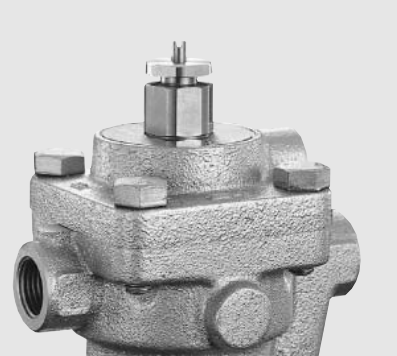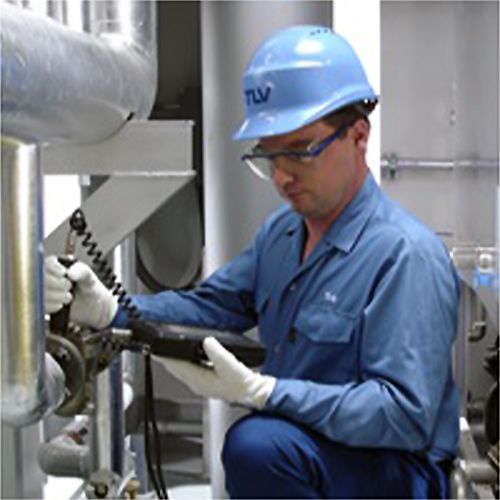Steam Lock Release Valves Besseges

Steam lock release valves are available via the majority of steam trap manufacturers but in our experience, the use of these excellent devices is more limited than it should be. To many in the world steam locking is a term associated with the world of computer gaming, so for those that have discovered this page via Google for solutions based on this, our apologies for disappointing you; we cannot offer you a valve that will solve your issues.
For those businesses that use drying rollers/cans in their various forms, we can offer steam lock release valves that will improve heat transfer and manufacturing outcomes. The next few paragraphs will explore why steam locking occurs and what will show you how to resolve it maybe for some reading this they will not be aware at all that this could happen in their process. For more information, please continue to read this blog.
Steam Lock Release Valves what they resolve
Firstly, we will explore what occurs in your process to cause steam locking and how it reduces heat transfer and process efficiency. Steam locking is almost unique to processes that require heating cans/rollers and as the speed of these cans increases the likelihood of steam locking will rise, on slow-moving drying/heating cans the likelihood is greatly reduced. Steam locking occurs because steam condenses as it loses its heat, the condense then falls to the bottom of the roller/can and commonly in these processes the condense is removed through a Sparge tube connected to the rotary union, this occurs because steam pressure expels the condense via this tube through a steam trap.
Steam locking occurs when steam passes through the condense sparge through the rotary union and to the steam trap, while the steam trap contains steam it prevents further condense being expelled; hence the term steam locking. While the steam trap is prevented from expelling condense from the process, condense within the roller increases in quantity, this then reduces heat and so reduces process efficiency.
Once the steam within the steam trap condenses the process of removing condense continues, but as this happens regularly the entire process is constantly inefficient. The reason this event is so regular is down to the fact that the roller/can is moving, condense contained inside is affected by this movement. This then results in the Sparge tube coming in and out of the condense resulting in steam passing into it, the steam now contained is the reason we recommend fitting steam lock release valves; the next paragraph will explain how they work.
Steam Lock Release Valves How They Resolve It
Steam lock release valves are essentially a needle valve that acts on the air eliminator contained within a float-type steam trap, this also applies to TLV-free float steam traps, which are fitted with their highly efficient X-element. In the case of TLV free float steam traps, steam lock release valves are an optional extra for the majority of the range. Steam lock release valves are generally needle valves installed at the top of the steam trap which when adjusted can open the X-element allowing the steam locking out the steam trap to pass through the air eliminator; essentially, it induces a slight leak.
The leak prevents steam locking and improves the performance of the can/roller maintaining the right level of heat transfer, in our own experience not only does it maintain temperature it often improves the heat available when compared to steam traps that are not fitted with steam lock release valves. In addition, we have found that with careful adjustment of the lock release valves, consistent temperatures are maintained for long periods and when adjusting these devices it is advisable to use the TLV PocketTrapman or a similar device. This is especially true on multiple can/roller systems where the consistent temperature is a key part of the process efficiency; many Corrugator plants use devices to achieve similar results that are because of their design limited to fixed flow rates.
Steam Lock Release Valves Fixed Flow Rates
Fixed flow rates on steam lock release can be counterproductive as you may end up over-compensating or worse, under-compensating, which will result in steam locking still occurring. In our experience, we have seen this first hand and I believe that on certain systems with pressurised condense return, efficiency is lost due to poor design; preventing effective steam lock release thus reducing optimum heat transfer. If you would like to explore how steam lock release valves can aid your process please contact our excellent technical sales team.
Get started in seconds!
Save your details, view past orders, and enjoy a faster checkout every time.
